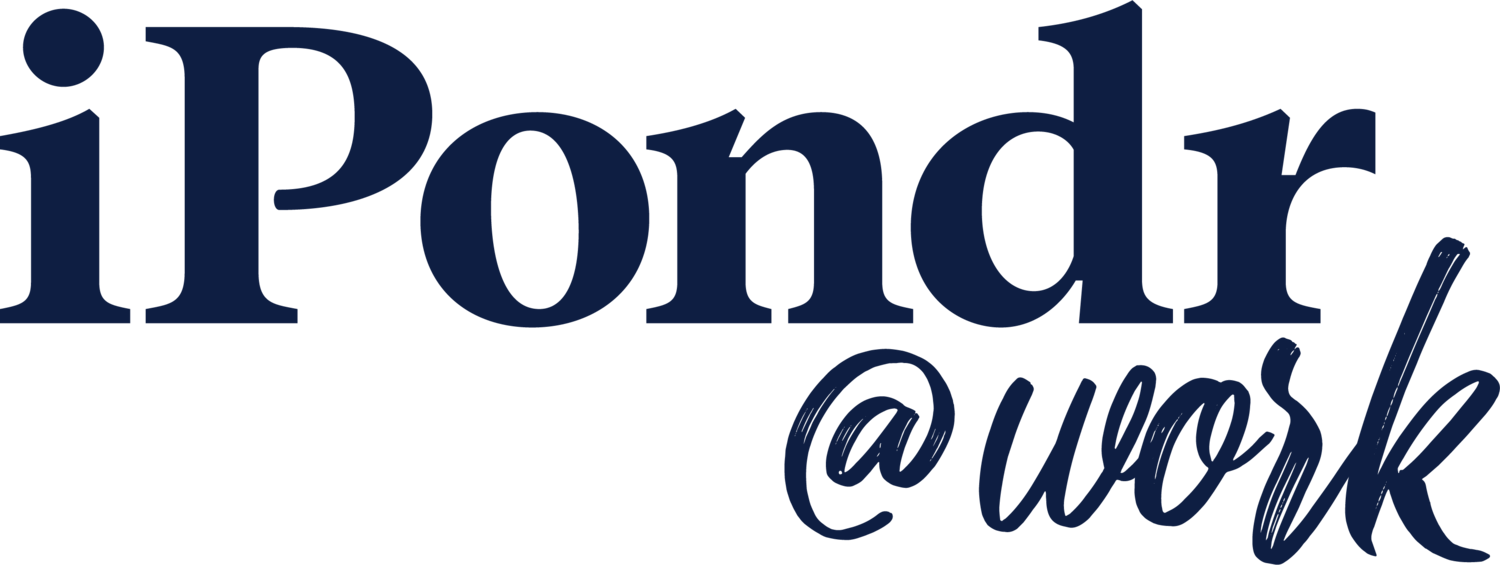Pause and pondr
WHAT DOES INCLUSIVE LEADERSHIP LOOK LIKE?
Since the protests over the murder of George Floyd, there has been a dramatic rise in hiring chief diversity officers as organizations work to be more welcoming. Yet turnover is high and many obstacles await the new leaders.
DID YOU KNOW?
In a worldwide survey of 16,500 respondents, approximately 98% of companies have established a gender diversity program, but only about a quarter of employees in diverse groups said that they have personally benefited. Source: 2019 Boston Consulting Group survey
WHAT YOU’LL LEARN
Understand the relatively new role of chief diversity officer
The key functions of a chief diversity officer
The social contexts that give rise to diversity leadership in workplaces
What is a chief diversity officer?
One of the newest and fastest-growing C-suite roles, chief diversity officers are responsible for a wide range of diversity, equity, and inclusion initiatives, from ensuring a diverse, well-represented talent pool, to mitigating discrimination, to fostering inclusive hiring, retention, and promotion practices, to promoting inclusive marketing strategies and driving systemic cultural change.
Eighty-five out of 100 top companies surveyed by Bloomberg for corporate diversity have a CDO. “If you want to be a competitive company, you should have a CDO,” says Mita Mallick, Head of Inclusion, Equity, and Impact at Carta.
Yet, turnover is high, prior experience rare, and burnout common, according to executive search firm, Russell Reynolds. Former CDOs have cited the polarizing nature of DEI issues, the tendency of diversity work to be siloed, and a lack of organizational support — not enough direct contact with the CEO, insufficient budget, and lack of dedicated staff — as hurdles.
Why has there been a surge in CDO hires?
According to LinkedIn data, Head of Diversity titles grew 107% from 2015 to 2020, while Chief Diversity Officers increased by 68% in the same period. After the spring of 2020, new CDO hires among S&P 500 companies surged to a dozen monthly, almost three times the rate of the previous 16 months.
Historically, this recent surge reflects the rise of diversity officers and multicultural affairs departments at colleges in the 1960s and ’70s in response to that era’s civil rights movements. The CDO role itself emerged in the 2000s. The diversity landscape has evolved since then to be more inclusive of differences — religion, age, class, and disability status, to name a few — in addition to race, gender, and sexual orientation.
Termed DEI (diversity, equity, and inclusion), this newer, more holistic approach strives to grant everyone in an organization the full opportunity to thrive. In a conversation for a series called “Redesigning the Future of Work,” DEI consultant Dave Ciliberto notes, “Diversity is getting employees from various demographics and with different life experiences through the door. Inclusion is getting those employees to stay; but more than stay, to feel so comfortable, to hear their own music, and feel so seen that they’re willing to dance. Equity involves understanding that not everyone’s path is the same. This is where female, LGBTQ+, Black, multi-generational, and other … mentorship programs, and professional development paths have an impact.”
How can you champion workplace inclusivity?
While inseparable from diversity and equity, inclusion — creating a climate of belonging, where each person feels seen and heard — has been named a key priority by several CDOs.
“The most critical priority in the coming years is to focus on inclusion,” says Ann Bartel, Vice Dean of Diversity, Equity, and Inclusion at Columbia Business School. “We need to make sure that all groups feel that they belong.” As part of its DEI initiatives, Columbia Business School sponsors the Phillips Pathway for Inclusive Leadership, a series of required DEI workshops for MBA students. Designed by two recent graduates in collaboration with faculty and staff, the workshop provides students with inclusive leadership opportunities.
Bartel recommends that companies seeking to foster inclusivity should “create opportunities for all groups to interact and learn from each other.” This can take the form of workshops, town halls, or simply, having a conversation with a coworker.
For example, while head of diversity at Goldman Sachs, Erika Irish Brown, who is now CDO at Citigroup, organized a town hall in response to the social and racial reckoning of 2020. Moderated by Goldman’s CEO, the panel featured three Black partners who discussed systemic racism and their personal experiences. This storytelling from Black leaders helped create a safe space for all employees to tell their stories, and bring their whole selves to work without placing the burden of educating colleagues onto Black employees. Over 300 managers were also trained in how to foster productive dialogues.
On an individual level, you may want to start that conversation with someone you already have a relationship with, rather than out of the blue with an acquaintance, and approach it with curiosity — a genuine interest in hearing someone else’s story and an openness to learning something new, Brown said.
And for companies, making the space and providing the tools to have safe conversations is no longer a “nice-to-have,” it’s a necessity.
Pondr This
What do the terms diversity, equity, and inclusion mean to you?
What are ways you can be inclusive with your direct peers or those you supervise in the workplace?
In the past, diversity initiatives focused on providing opportunities for the underrepresented, leading some to feel a loss of opportunity. What are some ways in which enhancing diversity and inclusion might benefit more people without feeling like a loss to some?
FOR LEADERS
Do you presently have a leadership team or person who focuses exclusively on concerns of diversity, equity, and inclusion?
What changes did it require or will it require to have a designated person on your team with this role?
What specific programming do you imagine a Chief Diversity Officer could offer?
Explore The Stories
The role of chief diversity officers: A toolkit
Racial awakening leads to organizational introspection, action
Diversity, equity and inclusion are not just about counting numbers
Topic in Review
Summary: We examine the history and role of a chief diversity officer within an organization or company, and the impact they have on the culture of an institution.
Continue Your Journey
In the last decade, the role of chief diversity officer emerged out of necessity, with organizations and companies needing to create more diverse, equitable and inclusive workplaces.
While the emergence of the role chief diversity officers is relatively new, they do have historical precedent, particularly in higher education, through positions like an “officer for minority affairs.” In the corporate sector, the rise of diversity training came about in response to civil rights lawsuits in the 1980s.
In the wake of George Floyd’s murder, the new hiring of chief diversity officers shot up as much as a dozen monthly, nearly triple the rate of the prior 16 months, according to Russell Reynolds Associates. And a Washington Post analysis also found that mentions of “diversity” and “inclusion” climbed sixfold from 2019 to 2020.
It’s clear that having a chief diversity officer, who is there to champion and reinforce change, can make a difference, but not every small- or medium-sized institution may have the means or resources to hire a dedicated employee. And even if hiring a chief diversity officer is possible, a CDO should not and cannot be relied upon to be the sole person to transform the workplace culture for an entire institution. A more strategic and holistic approach to a commitment to diversity, equity and inclusion is needed in many cases.
Recently, Deloitte Insights undertook a survey of 1,500 workers and published research that sheds some broad yet helpful recommendations that could build greater trust in DEI efforts at organizations and a pathway of future strategies. Some recommendations include:
Solicit input and involvement from all employees throughout program phases and cycles
Set clear, well-researched goals, especially those that address challenges faced by diverse groups within the organization
Commit funding for expertise, personnel, and programs that demonstrate and reflect the strategic importance of this work
Increase accountability and demonstrate this by regularly communicating evidence of progress
Stay committed in the long term to hiring, training, and promoting from diverse groups, including for leadership roles
Be honest and sincere about what you are doing and why
Support and model DEI goals and outcomes at the leadership level
Create a psychologically safe environment in which people can speak freely about their experiences and thoughts
Other key takeaways included the fact that everyone at an organization has a role to play in supporting their DEI efforts. And the last, and perhaps most important, key message was: There is no finish line to DEI, and that there’s always room to grow and improve.






